India’s Hampi Art Labs is a piece of architecture at one with its content and context
The world-class Hampi Art Labs by Indian architect Sameep Padora, near South India’s Hampi Unesco World Heritage Site, mimics the contours of the nearby Tungabhadra River
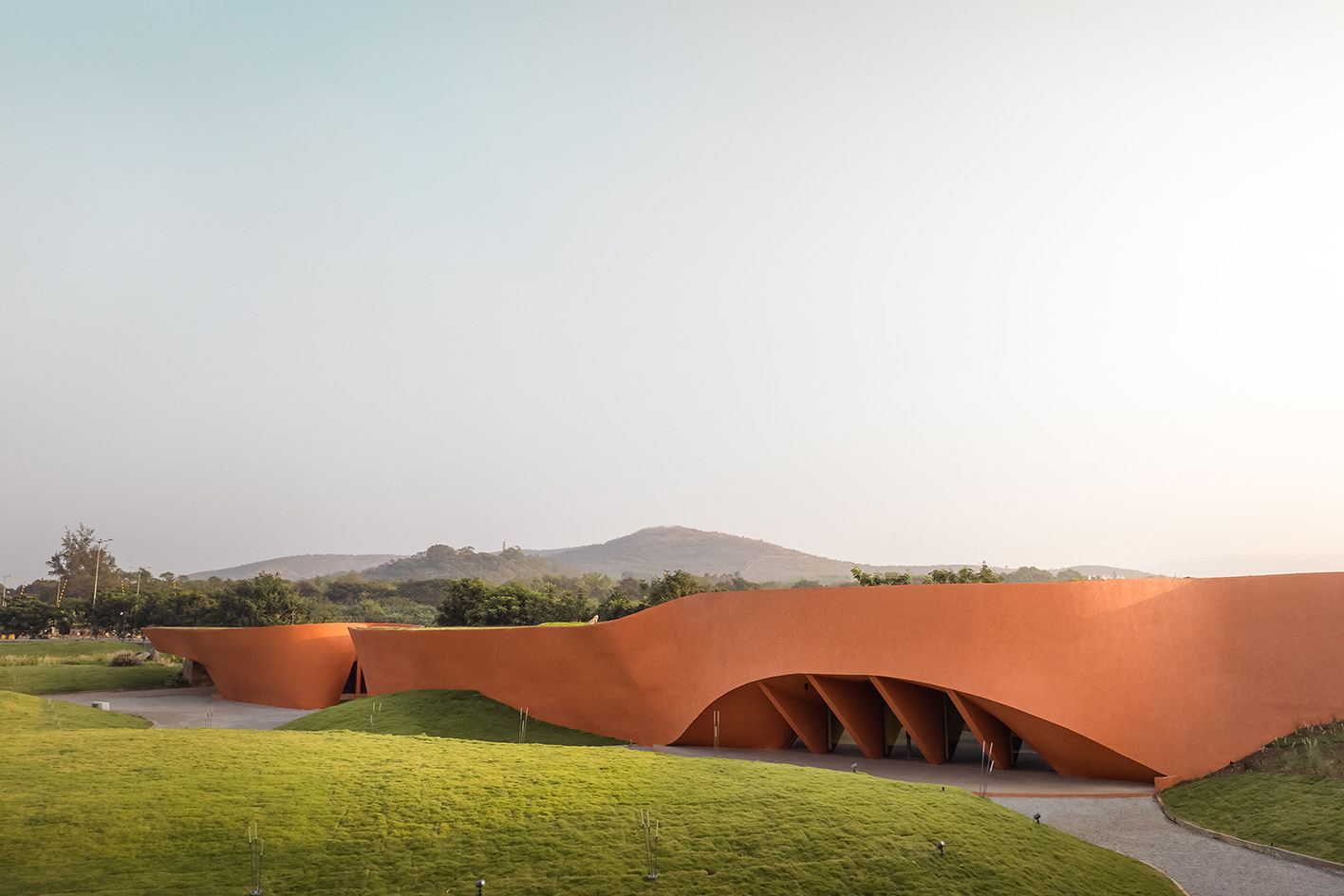
When viewed from a distance, Hampi Art Labs could pass for a spectacular riverbank – if a riverbank did such a thing as levitate. Located in southern India near the Unesco World Heritage Site of Hampi, the structure is a sleight of hand by leading Indian architect Sameep Padora (behind numerous Indian houses, such as Lattice House, as well as Wallpaper* Design Awards Best Public Building 2021 Temple of Steps).
Hampi Art Labs undulates with the landscape, echoing the nearby Tungabhadra River and exuding a lightness of being that belies its sculptural proportions. Spread across 18 acres of virgin land, the recently opened arts centre, founded by Sangita Jindal and Tarini Jindal Handa of Indian powerhouse JSW, plays host to exhibition spaces, studios, ceramic and printmaking workshops, gardens, apartments for residencies, and a café.
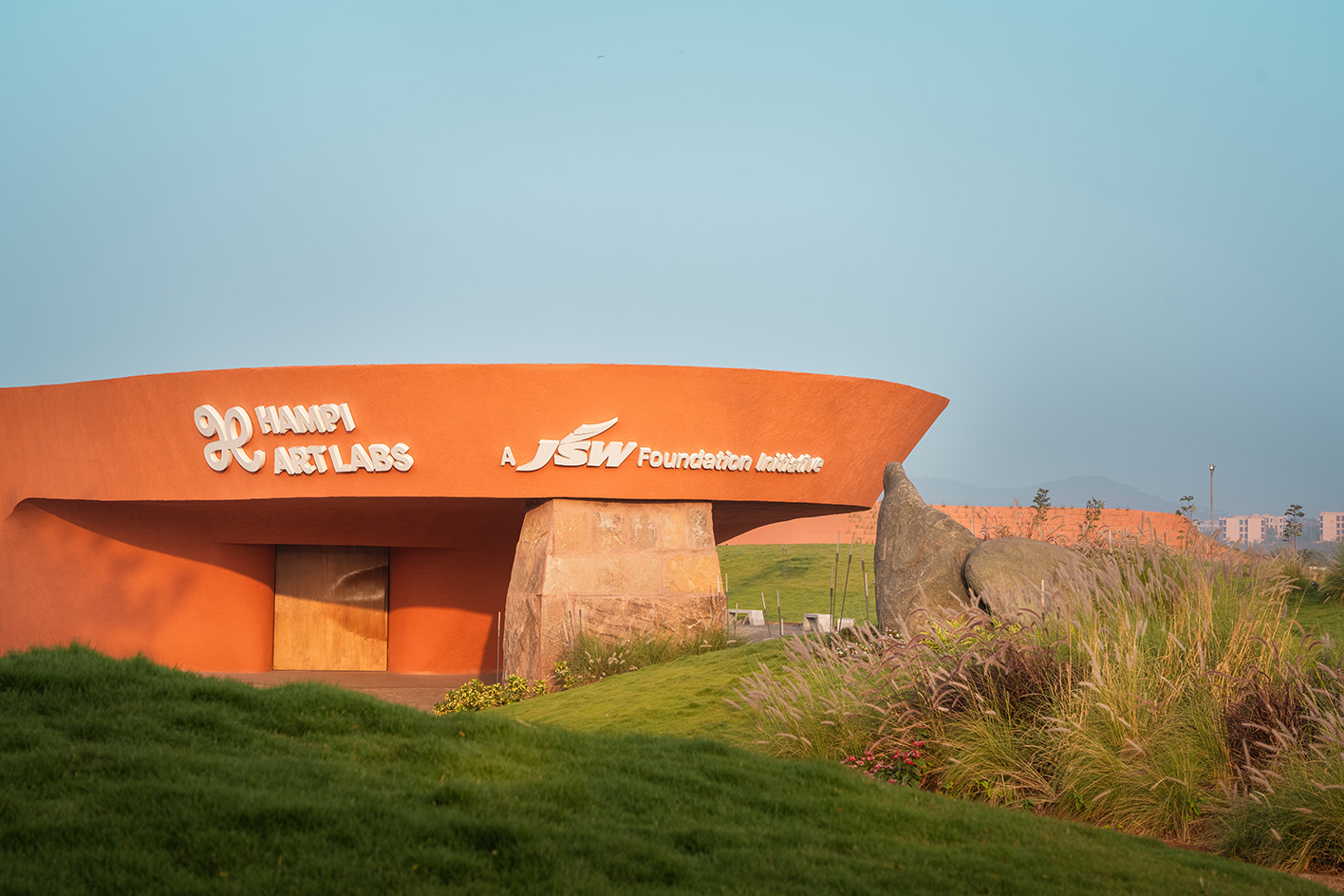
Hampi Art Labs: a modern building for a storied site
For Padora, the founder and principal of his eponymous Mumbai-based practice, it was important to tread lightly. After all, the city has a storied past. Between the 14th and early 17th centuries, the land today known as Hampi was the roaring capital of the Vijayanagara empire, the last great Hindu kingdom. Its rulers built forts, royal complexes, temples, pillared concourses, memorial structures and waterways, ensuring an architectural legacy that would outlive their reign.
The effort proved fruitful even in the face of invasion, when many structures were ravaged beyond redemption. The ones that survived sit shoulder to shoulder today with the ragged hills and thousands of naturally occurring granite boulders for which Hampi is equally famed.
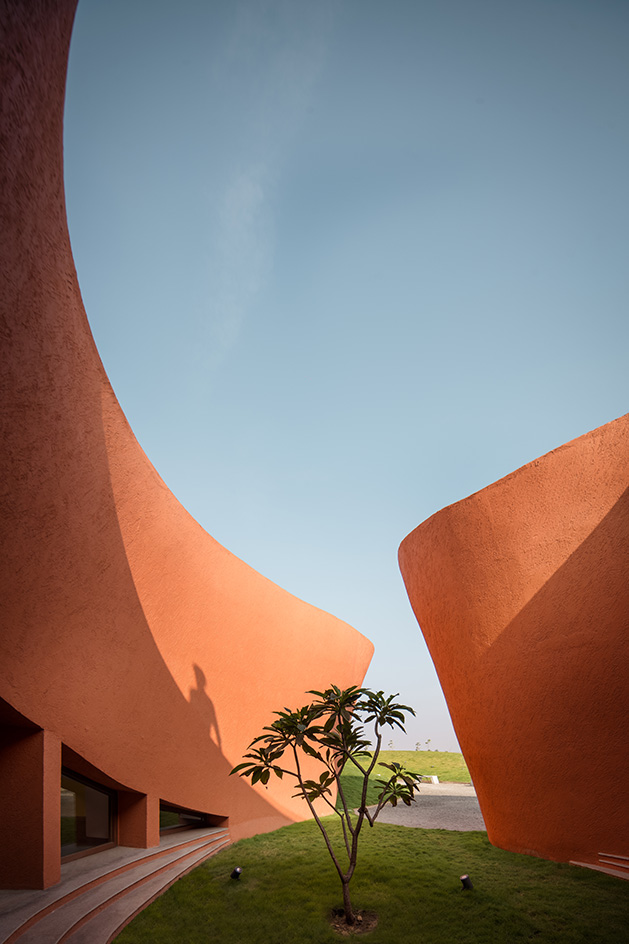
For a land so exceptional, the architecture had to be equally so, although Padora admits that the point of departure wasn't immediately clear. ‘We deliberated over whether to reference the historic architecture or the barren landscape it sat on, and ultimately decided on the latter. It was important to contextualise the new build to what had endured over the centuries, not what hadn't,’ says Padora.
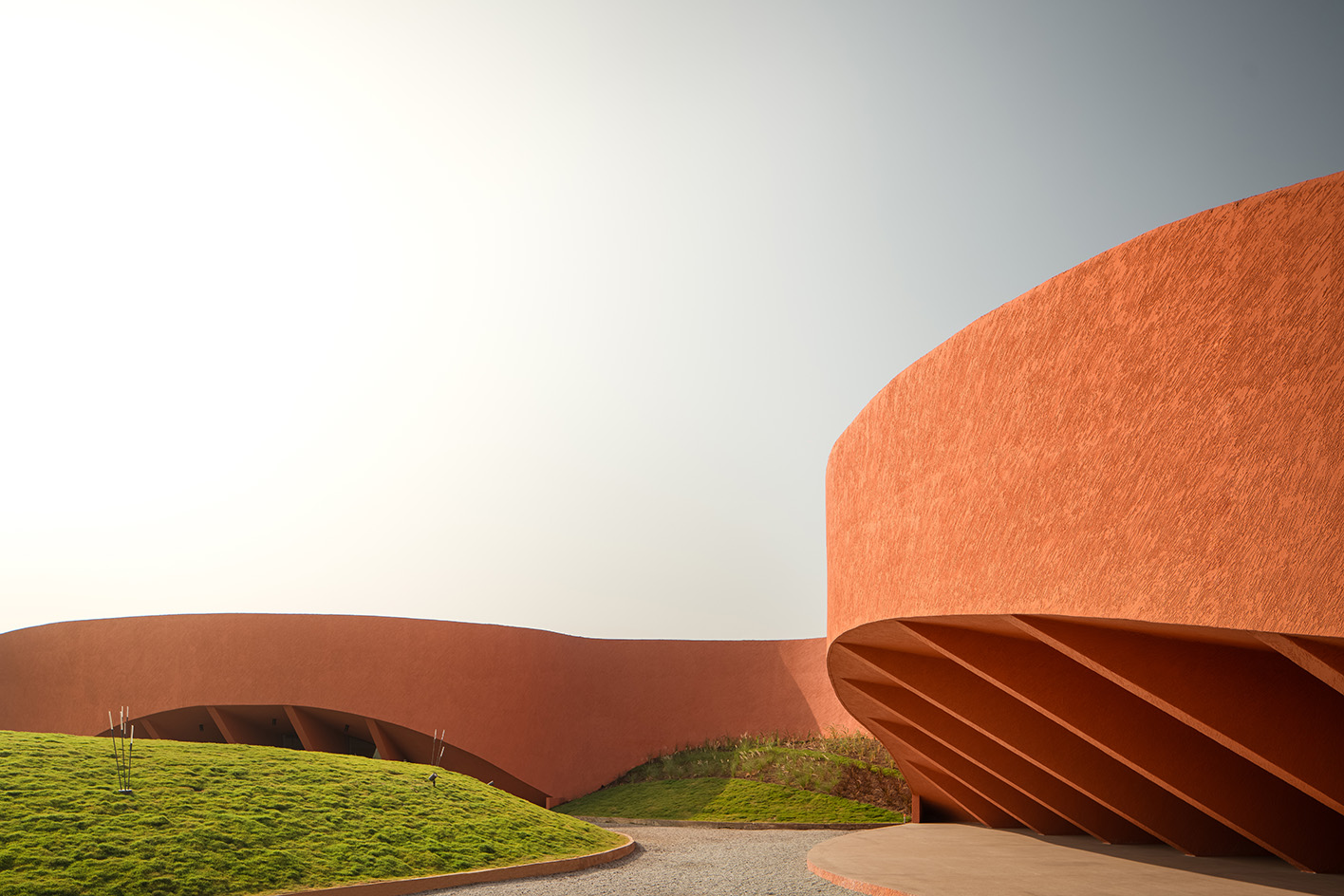
Nodding to the natural context, each space was designed to hold a mirror to the topography. A case in point is the edifice housing the gallery and studios. Shaped like a meandering river, it echoes the ebb and flow of the activity around. In determining its curvature, Padora took a leaf from urban sociologist Manuel Castells’s ‘space of flows’ concept. ‘The term, in this case, encapsulates all manner of natural occurrences: gravity, percolation, mountainous desire paths. I imagined the people inside in much the same way. The idea was to let them get swept deeper and deeper,’ he says.
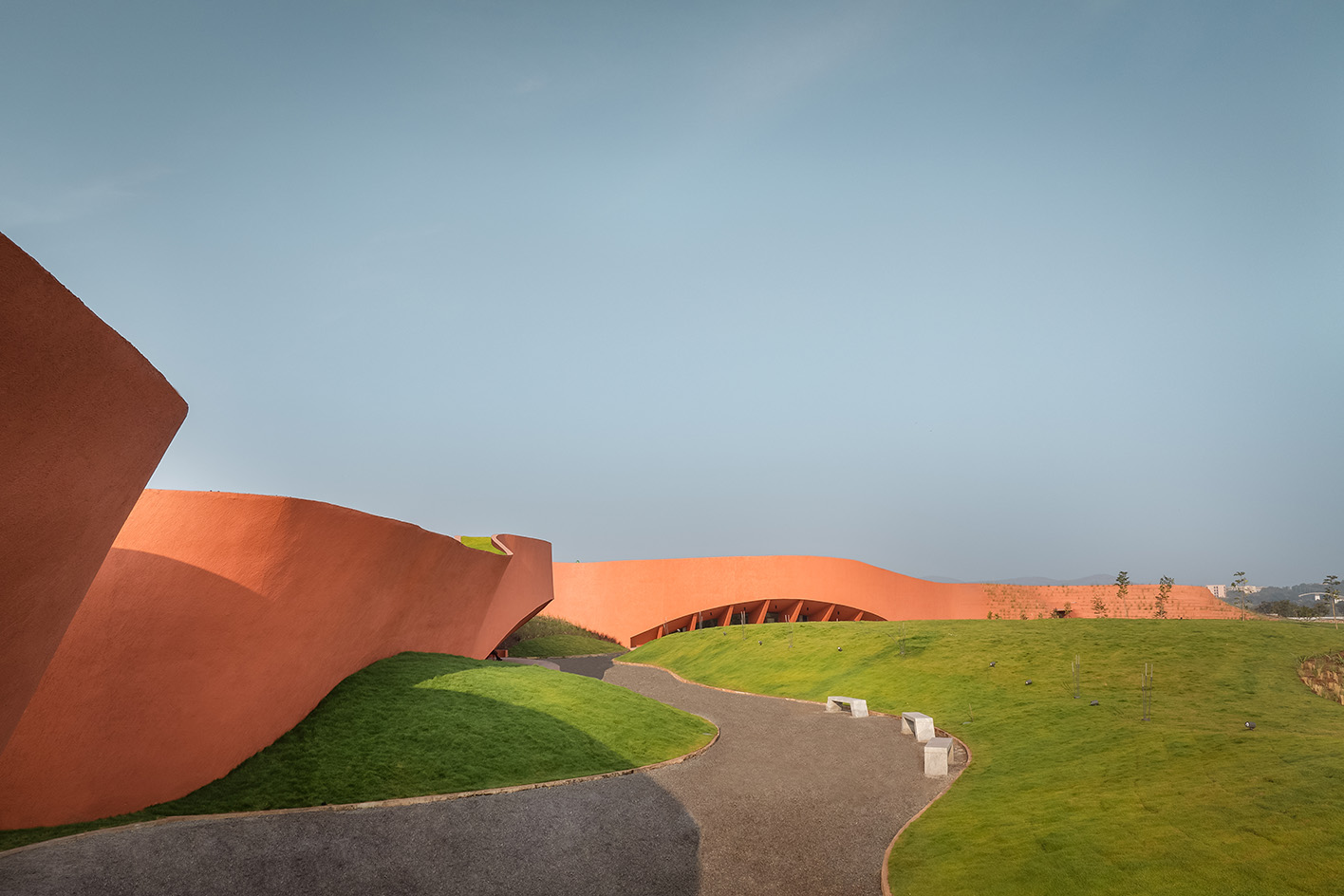
Padora envisaged the landscape not as a backdrop for art, but as a work of art itself. This meant treating the roof no differently from the ground, even merging the two with steps that challenge where, or whether, one ends and the other begins. Likewise, the entire exterior, including the roof, is characterised by locally sourced terracotta, and the rooftop walking path is flanked by garden beds that will, in time, grow to cover the hardscape and camouflage it against the surrounding verdure.
Wallpaper* Newsletter
Receive our daily digest of inspiration, escapism and design stories from around the world direct to your inbox.
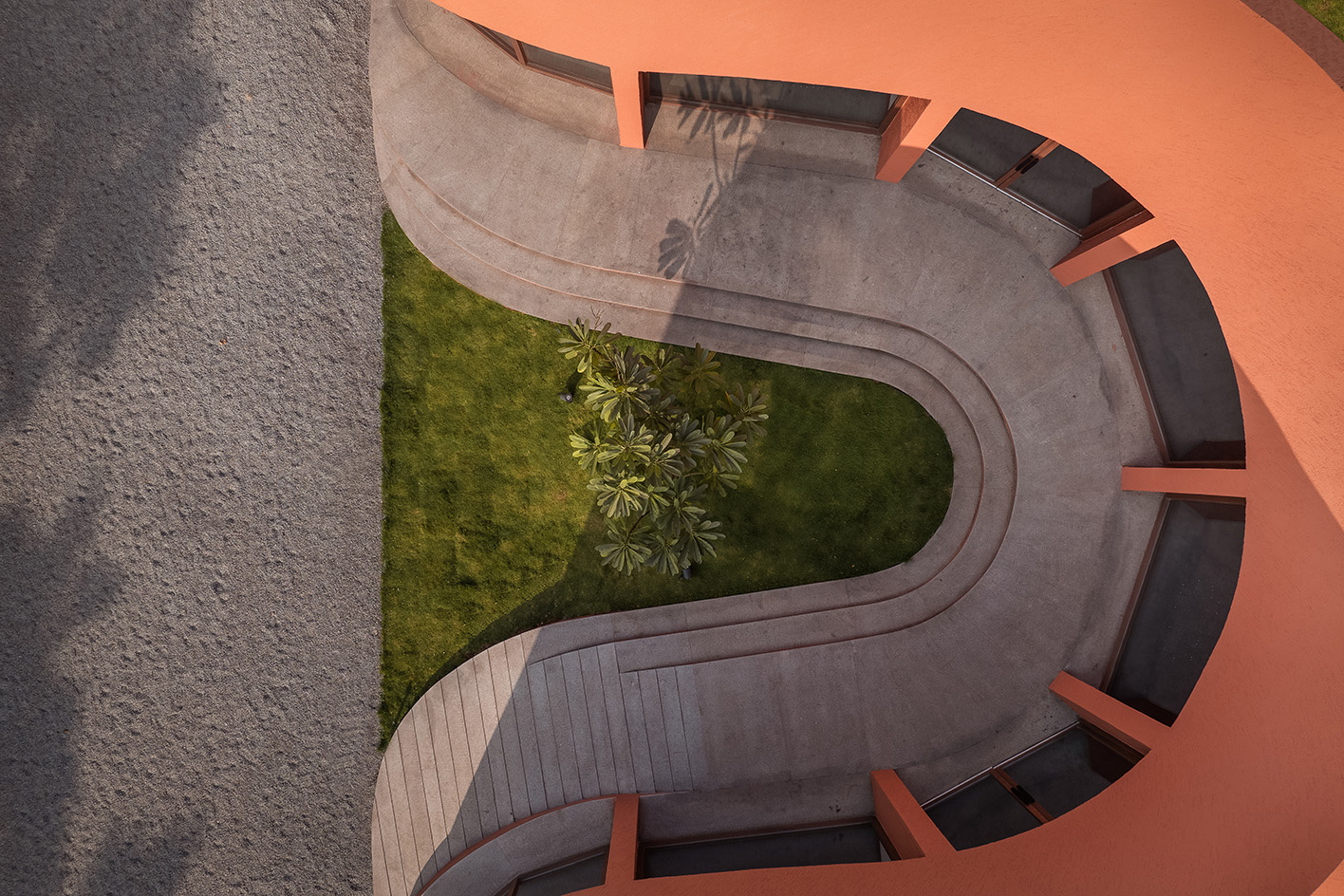
Padora and his team – which included architects Aparna Dhareshwar, Vami Koticha, Kunal Sharma and Aum Gohil – took a similar approach with the artist residences, imagining them as pebbles in a stream amidst courtyards emblematic of water. Each residence is outfitted with a kitchenette, a dining room, a walk-in closet and bathroom, and a living room with a megalithic granite sofa that seemingly grows out of the ground. ‘We exercised both a local sensitivity and a global sensitivity, with native materials variously reimagined in modern forms,’ says Handa, Hampi Art Labs’ creative director.
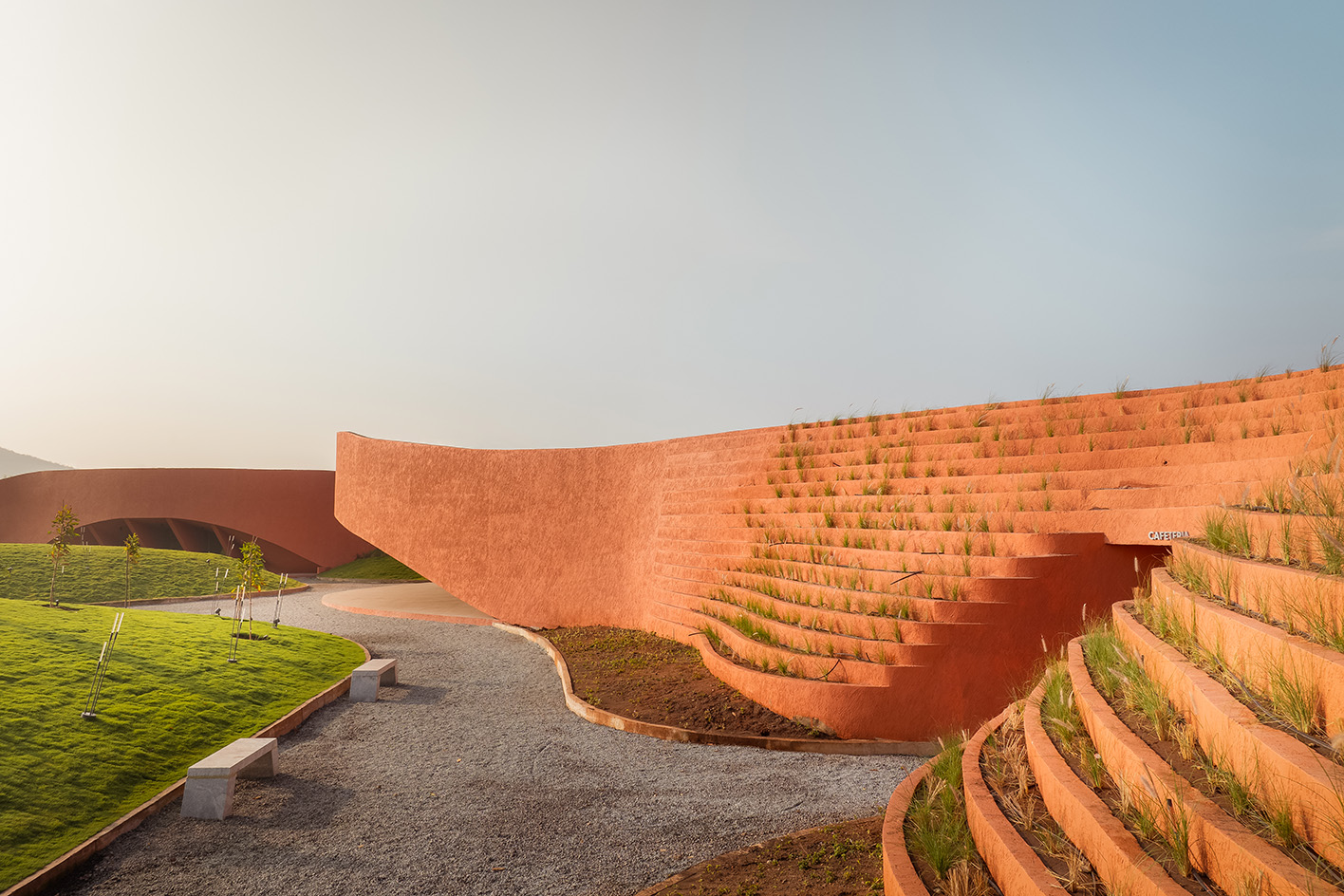
Padora’s ethos of fluidity went hand in hand with Handa’s, who was firm in her belief that Hampi Art Labs’ world-class residency programme should be open to anyone from anywhere, and indeed it welcomes artists from across the globe. Its inaugural cycle includes Bhasha Chakrabarti of the United States, Promiti Hossain of Bangladesh, and Sharbendu De, Madhavi Gore and Anirudh Singh Shaktawat of India.
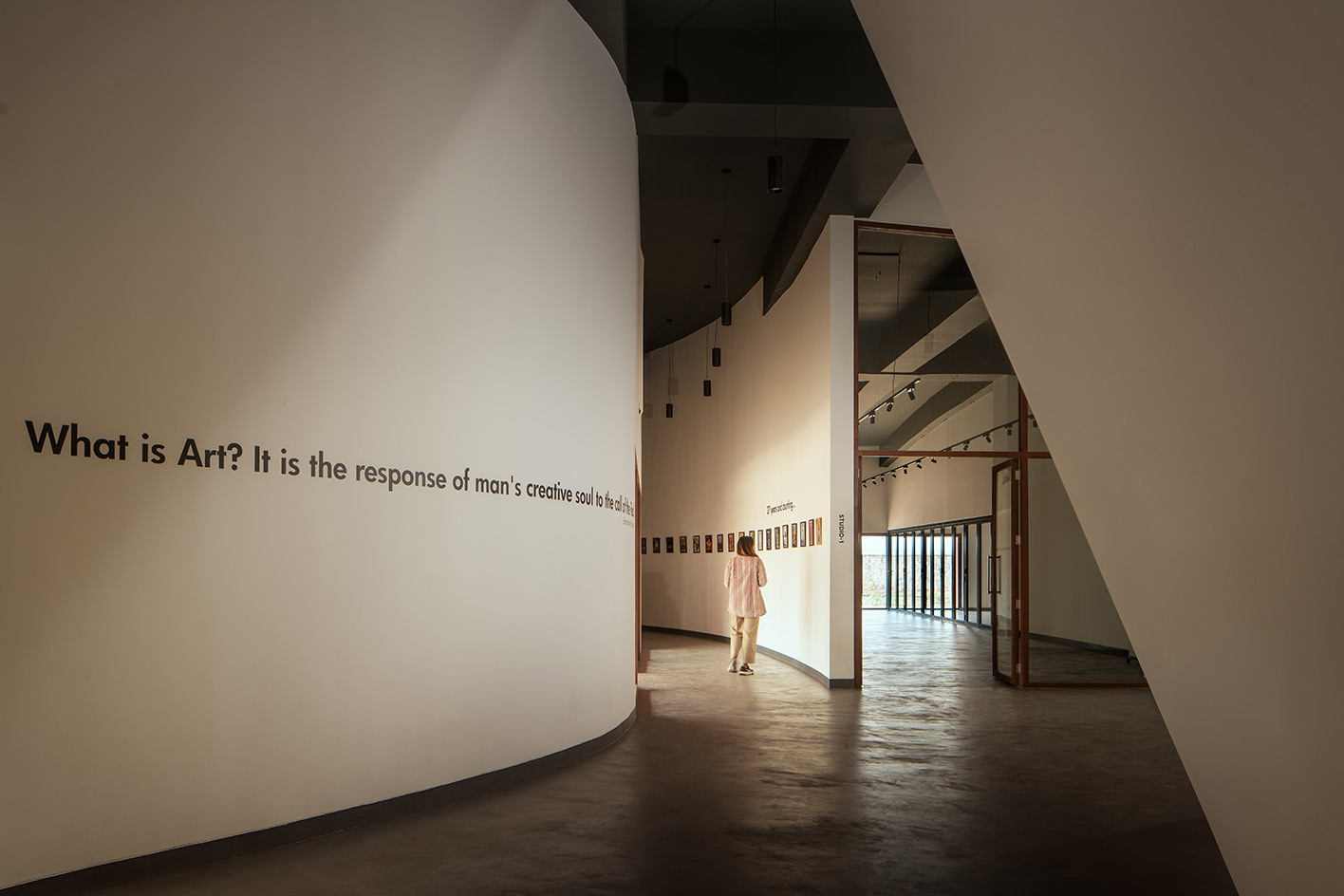
Hampi Art Labs’ maiden exhibition, 'Right Foot First', curated by independent curator Phalguni Guliani, is of special note. Borrowing works from the prized Jindal Collection, it presents ensembles of artworks that at once contrast and complement each other, transcending various disciplines, generations and eras. Featured artists include Andy Warhol, Atul Dodiya, Annie Morris, Atul Dodiya, Ai Weiwei, Bharti Kher, BV Doshi, Dayanita Singh, Lubna Chowdhary, Manish Nai, Manu Parekh, Praneet Soi, Reena Saini Kallat, Rohini Devasher, Sayan Chanda, Sheba Chhacchi, Shilpa Gupta, Suhasini Kejriwal, Tushar Joag and Zarina Hashmi.
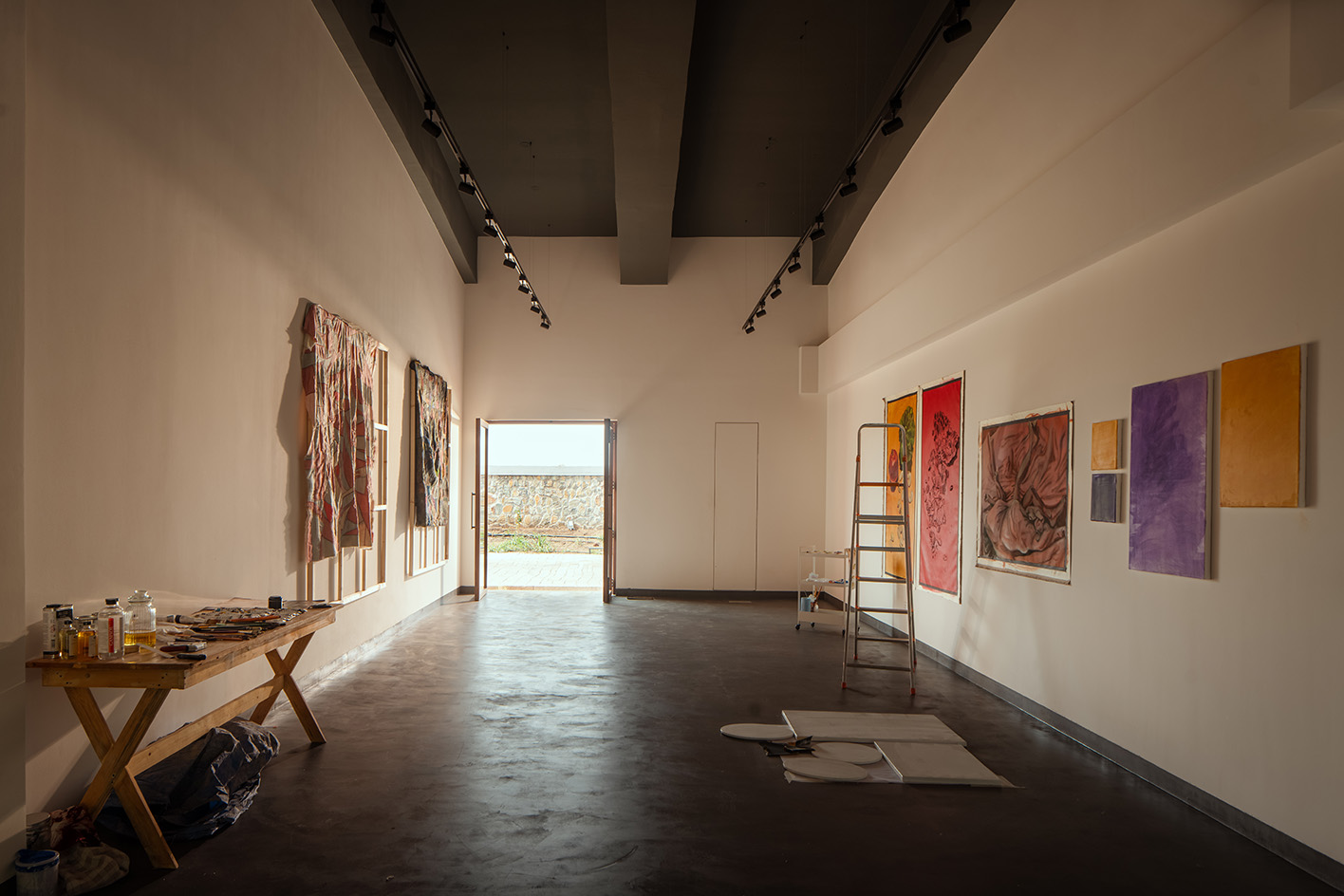
The current exhibition is designed to echo the overarching architecture by way of curvilinear walkways that represent the philosophical idea that ‘no man can ever step in the same river twice’. It is a metaphor perfectly apt for an arts centre ever evolving, and one expected to be ever in spate.
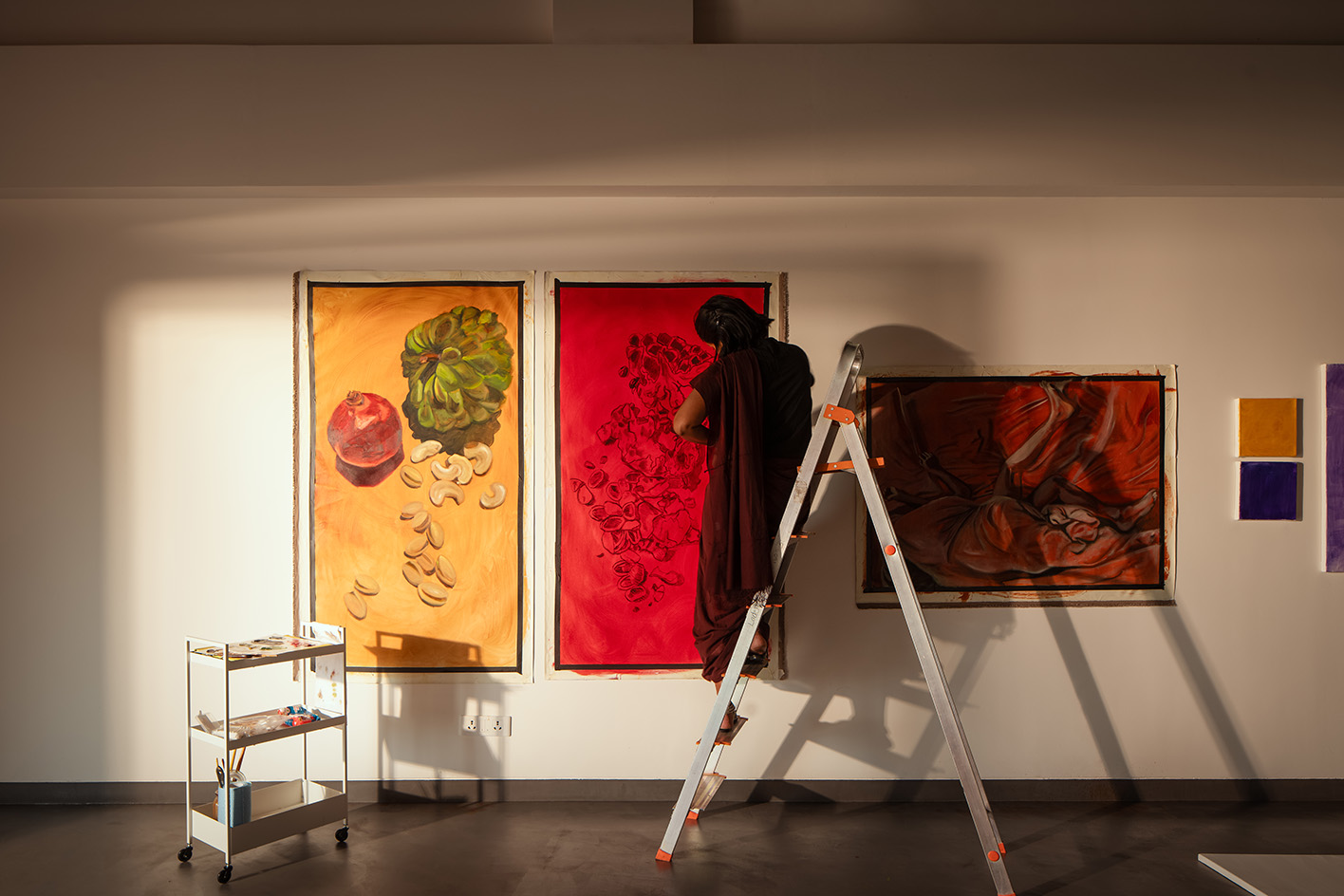
Hampi Art Labs opens on 6 February 2024 Hampi, India
-
 Marylebone restaurant Nina turns up the volume on Italian dining
Marylebone restaurant Nina turns up the volume on Italian diningAt Nina, don’t expect a view of the Amalfi Coast. Do expect pasta, leopard print and industrial chic
By Sofia de la Cruz
-
 Tour the wonderful homes of ‘Casa Mexicana’, an ode to residential architecture in Mexico
Tour the wonderful homes of ‘Casa Mexicana’, an ode to residential architecture in Mexico‘Casa Mexicana’ is a new book celebrating the country’s residential architecture, highlighting its influence across the world
By Ellie Stathaki
-
 Jonathan Anderson is heading to Dior Men
Jonathan Anderson is heading to Dior MenAfter months of speculation, it has been confirmed this morning that Jonathan Anderson, who left Loewe earlier this year, is the successor to Kim Jones at Dior Men
By Jack Moss
-
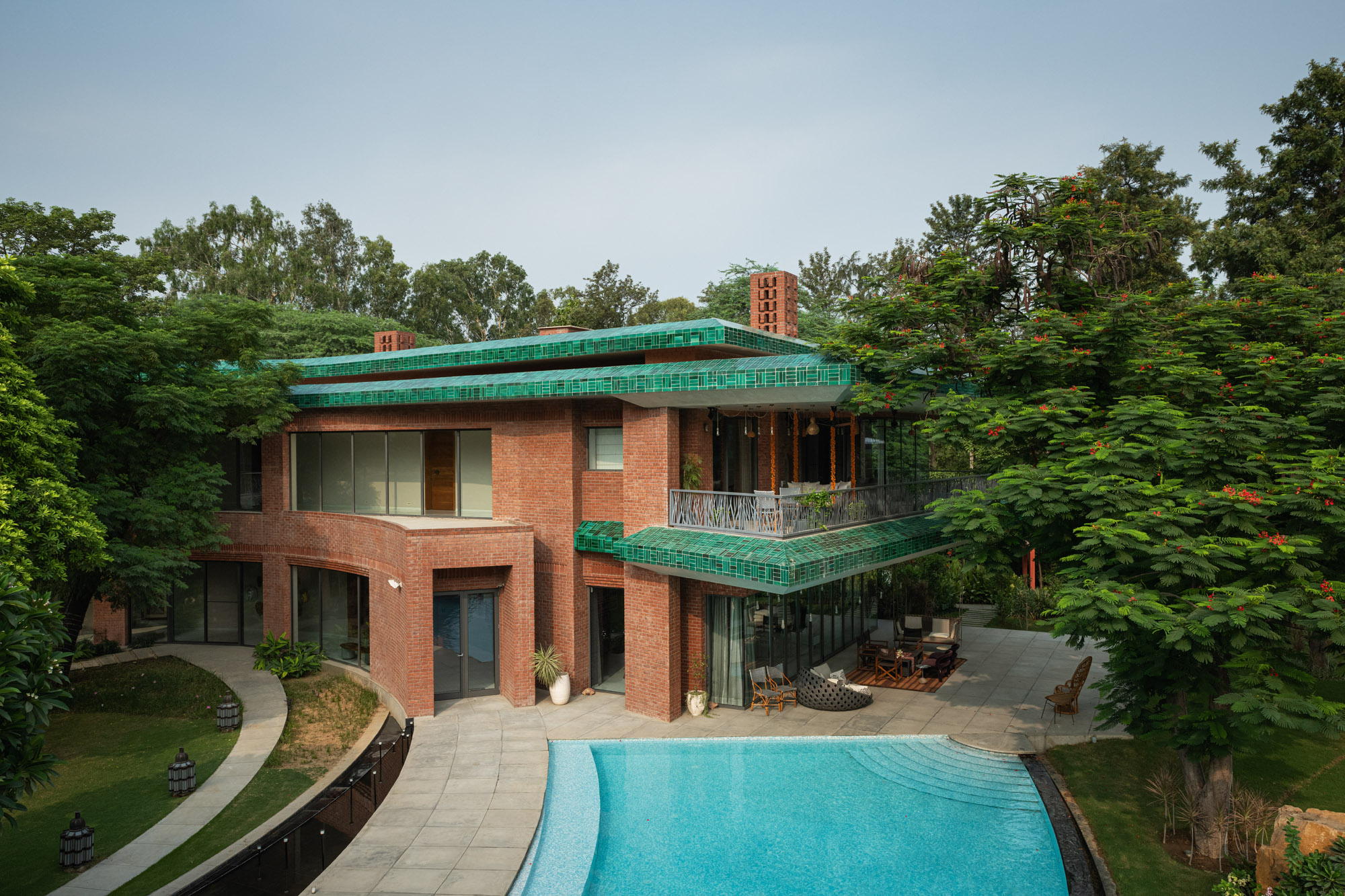 Shalini Misra’s Delhi home is a seasonal sanctuary ‘made in India’
Shalini Misra’s Delhi home is a seasonal sanctuary ‘made in India’Interior designer Shalini Misra’s retreat in the Indian capital champions modernist influences, Islamic ancestry and local craftsmanship
By Sunil Sethi
-
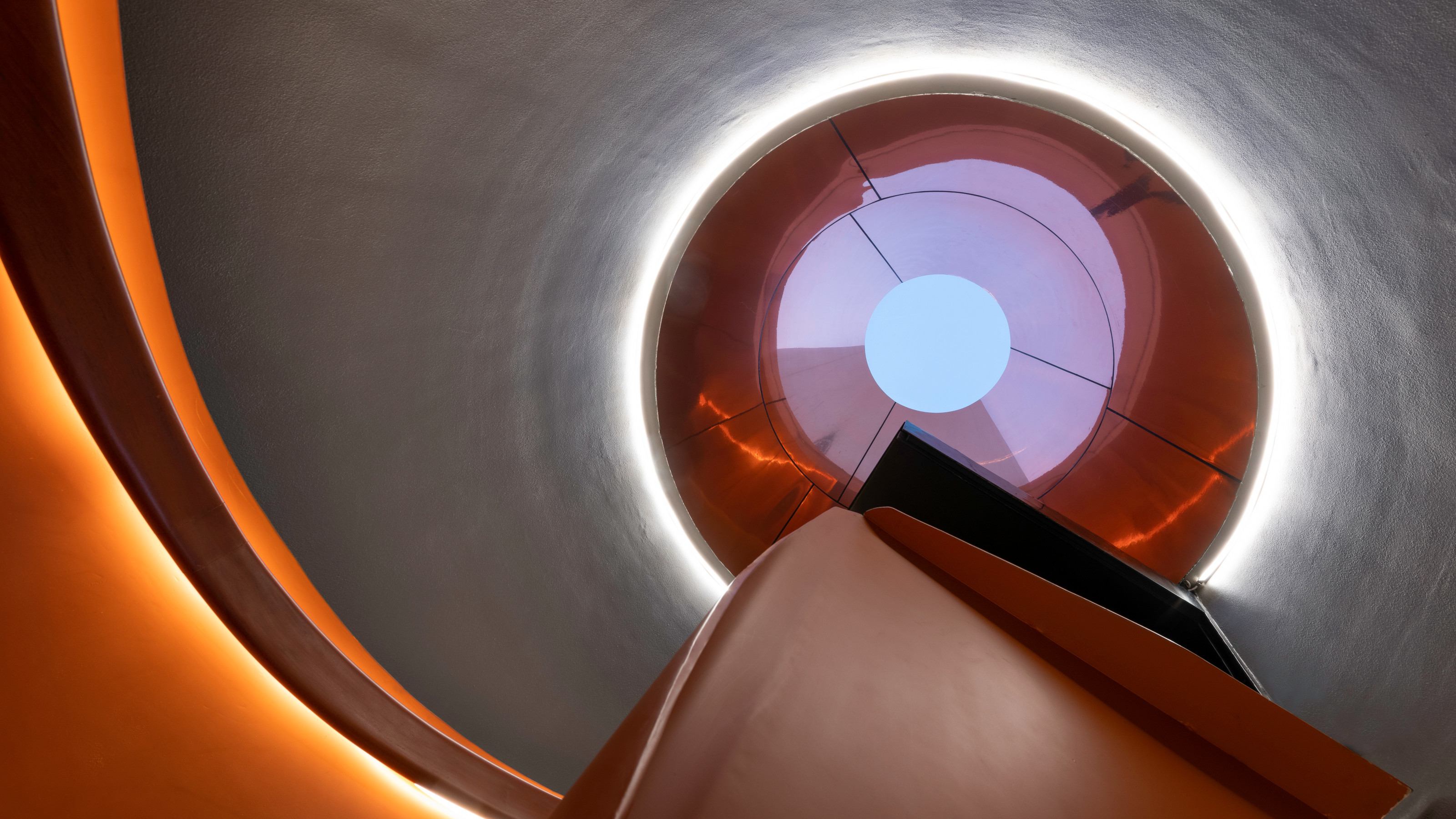 A triplex Mumbai penthouse contains sculptural staircases and expansive terraces
A triplex Mumbai penthouse contains sculptural staircases and expansive terracesEnso House is a multigenerational Mumbai penthouse by S+PS Architects that combines a reorganised interior programme with bespoke finishes and crafts
By Jonathan Bell
-
 This ‘architourism’ trip explores India’s architectural history, from Mughal to modernism
This ‘architourism’ trip explores India’s architectural history, from Mughal to modernismArchitourian is offering travellers a seven-night exploration of northern India’s architectural marvels, including Chandigarh, the city designed by Le Corbusier
By Anna Solomon
-
 At the Institute of Indology, a humble new addition makes all the difference
At the Institute of Indology, a humble new addition makes all the differenceContinuing the late Balkrishna V Doshi’s legacy, Sangath studio design a new take on the toilet in Gujarat
By Ellie Stathaki
-
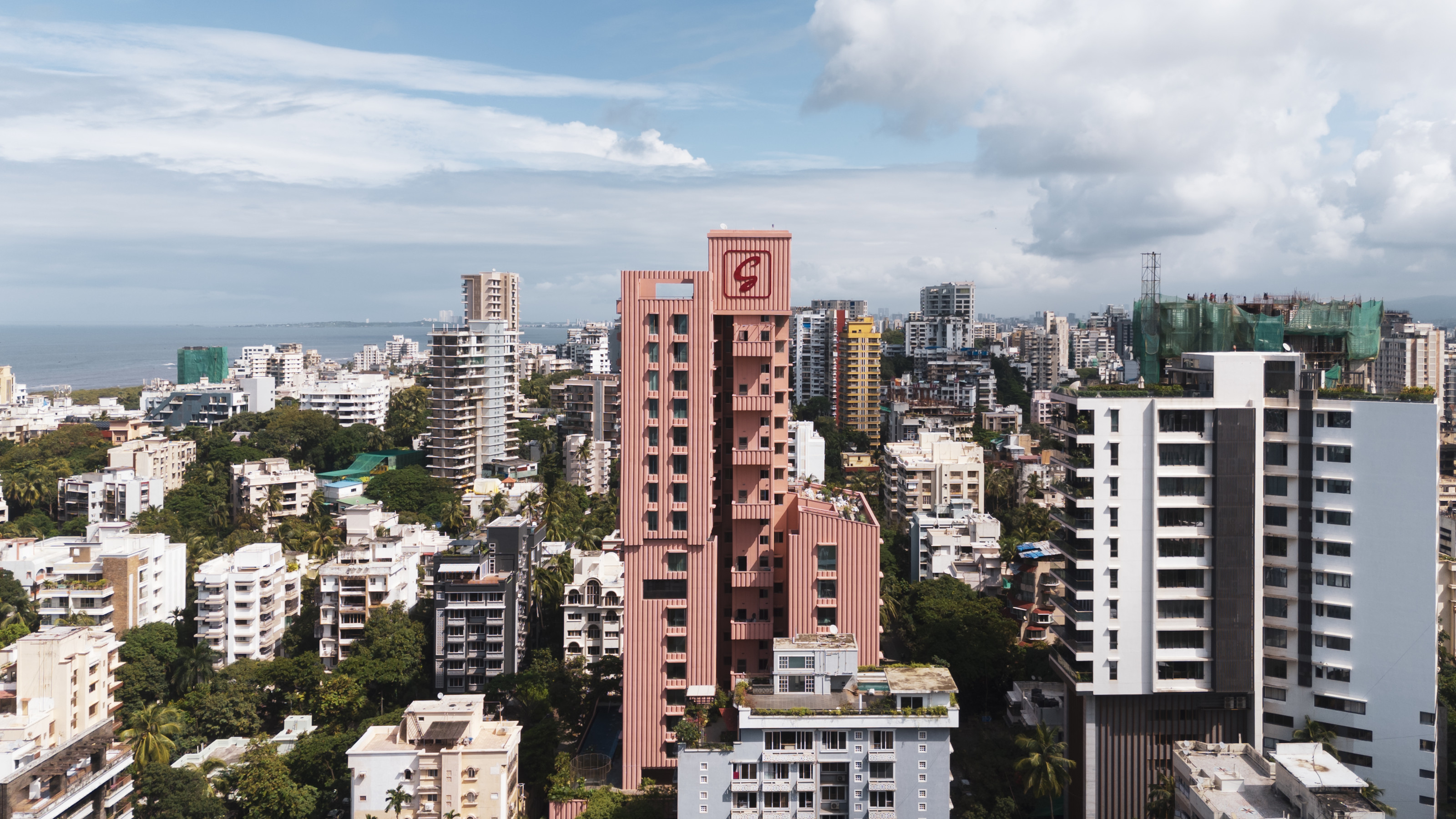 Pretty in pink: Mumbai's new residential tower shakes up the cityscape
Pretty in pink: Mumbai's new residential tower shakes up the cityscape'Satguru’s Rendezvous' in Mumbai houses luxury apartments behind its elegant fluted concrete skin. We take a tour.
By Jonathan Bell
-
 Join our world tour of contemporary homes across five continents
Join our world tour of contemporary homes across five continentsWe take a world tour of contemporary homes, exploring case studies of how we live; we make five stops across five continents
By Ellie Stathaki
-
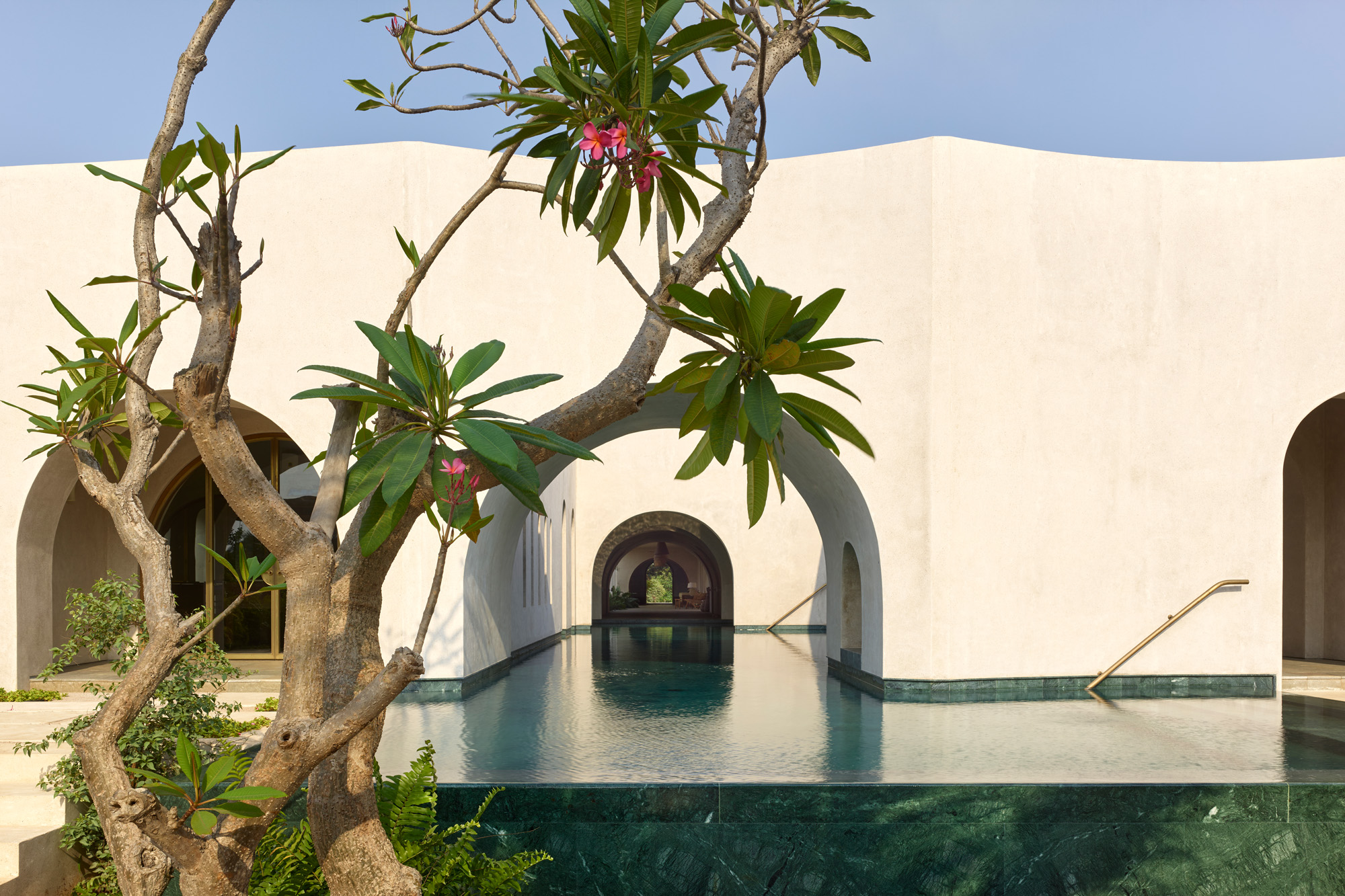 Walk through an Indian villa near Mumbai, where time slows down
Walk through an Indian villa near Mumbai, where time slows downIn this Indian villa, Architecture Brio weaves together water features, stunning gardens and graceful compositions to create a serene retreat near Mumbai
By Stephen Crafti
-
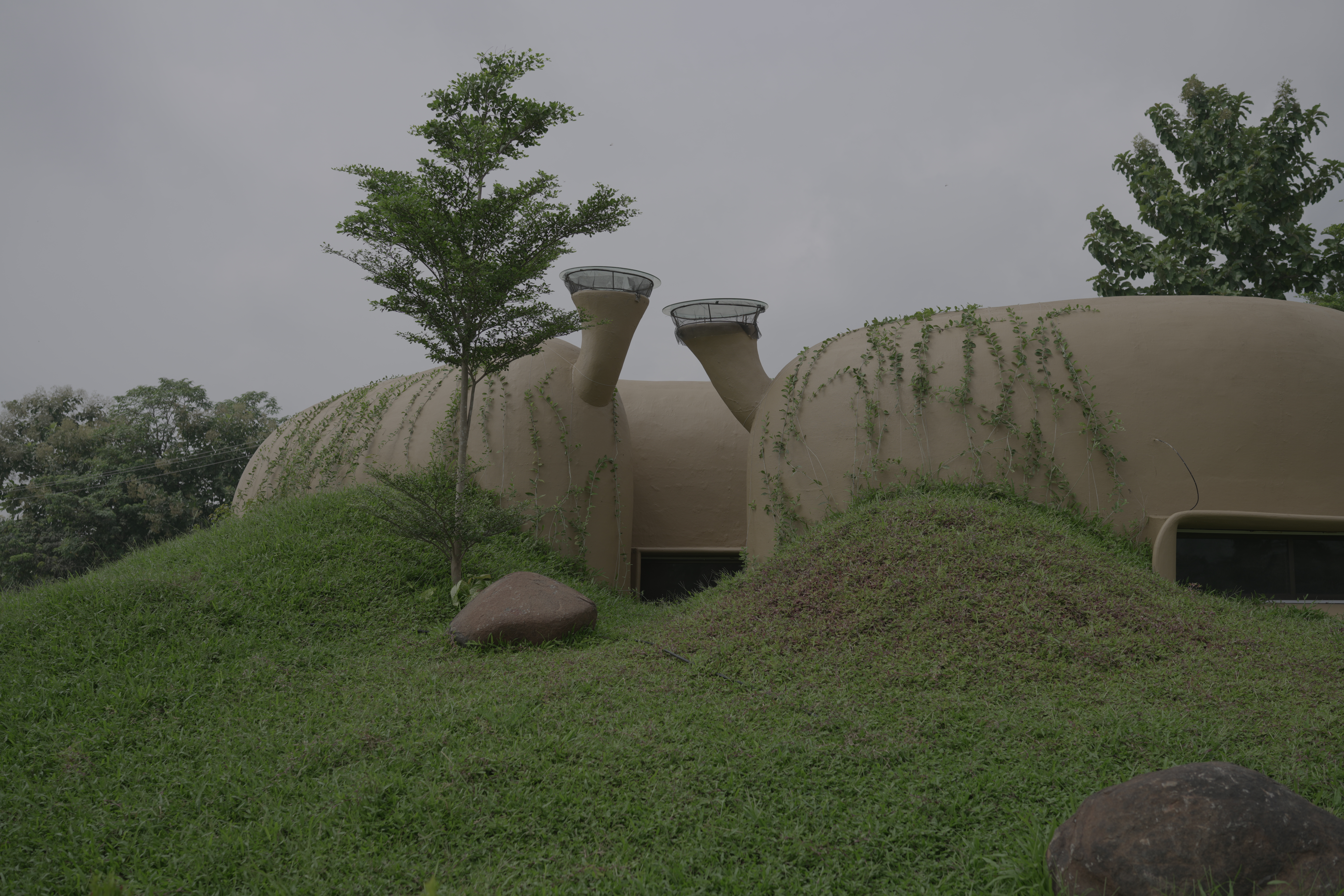 Nine emerging Indian architecture studios on a mission to transform their country
Nine emerging Indian architecture studios on a mission to transform their countryWe survey the emerging Indian architecture studios and professionals, who come armed with passion, ideas and tools designed to foster and bolster their country's creative growth
By Ellie Stathaki